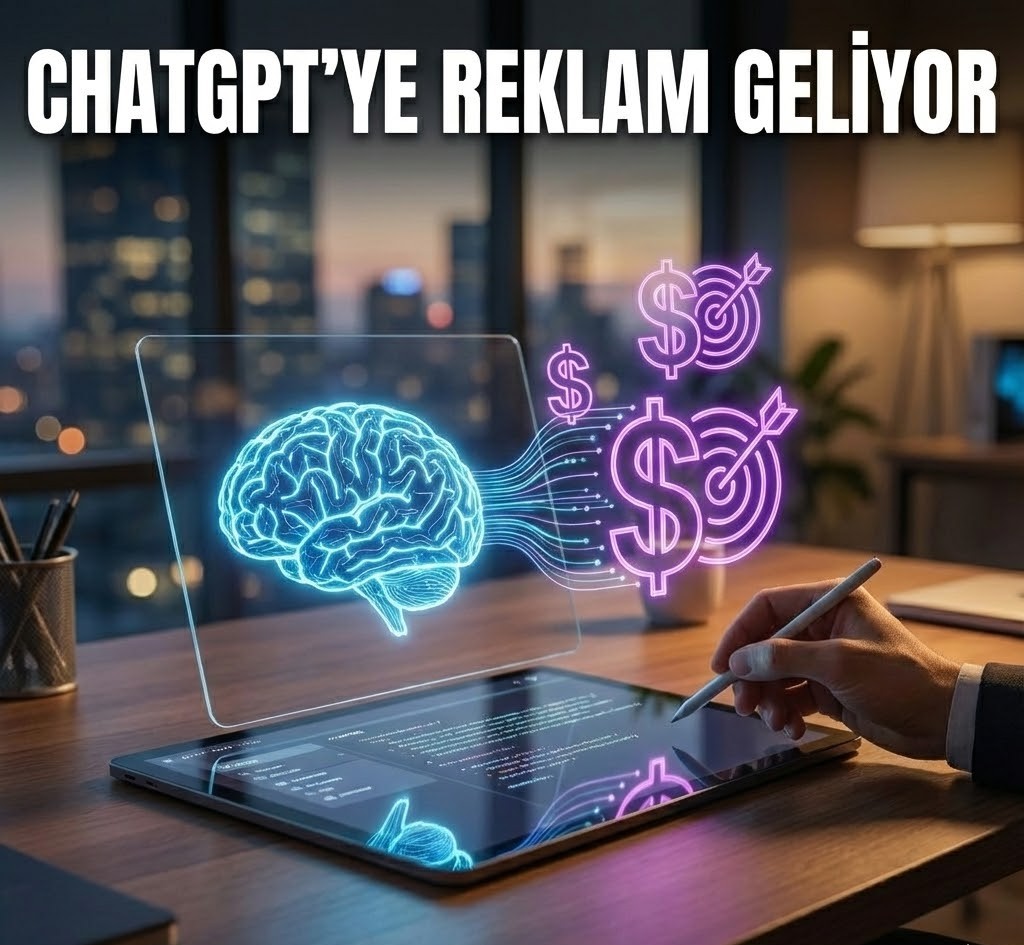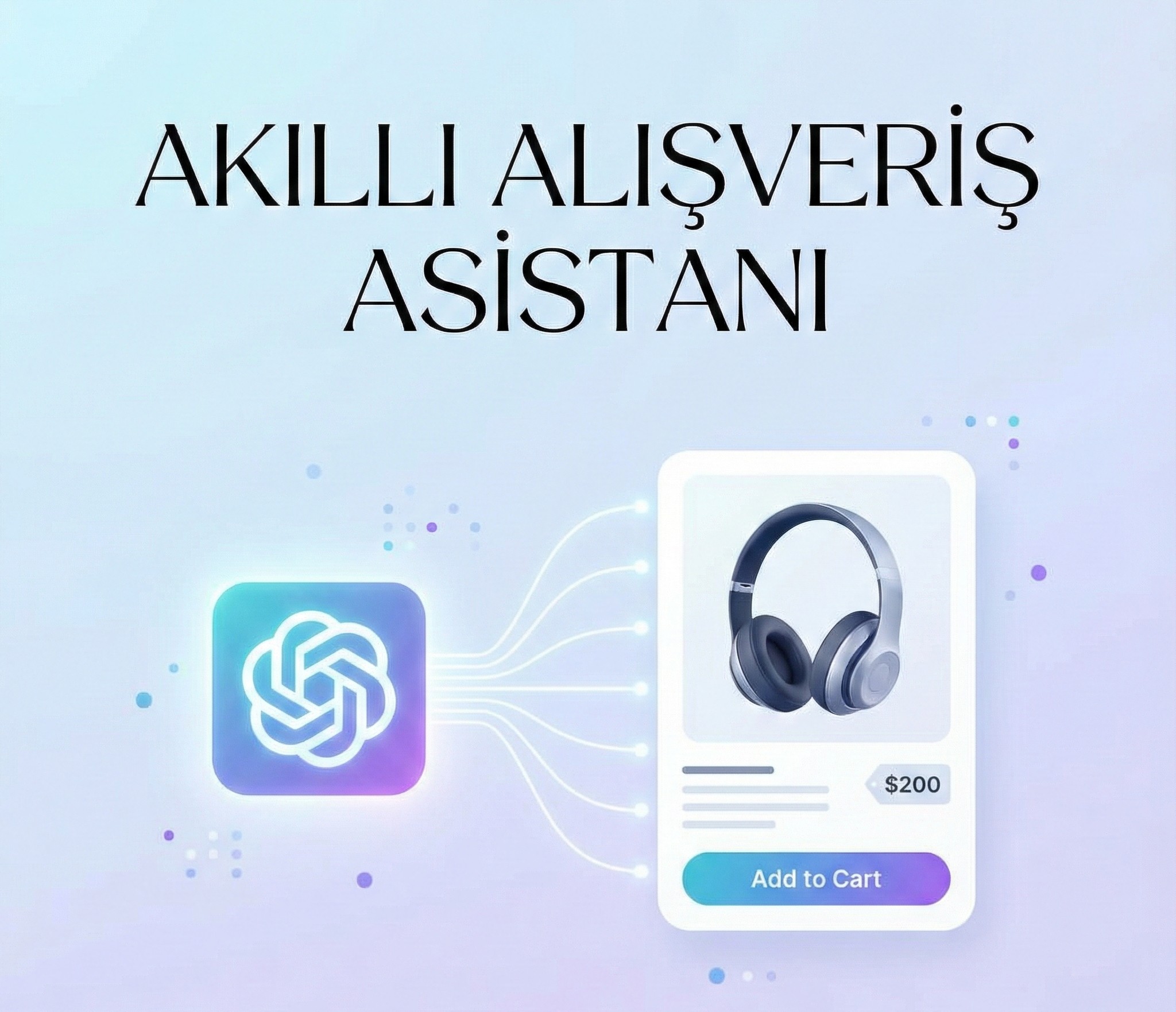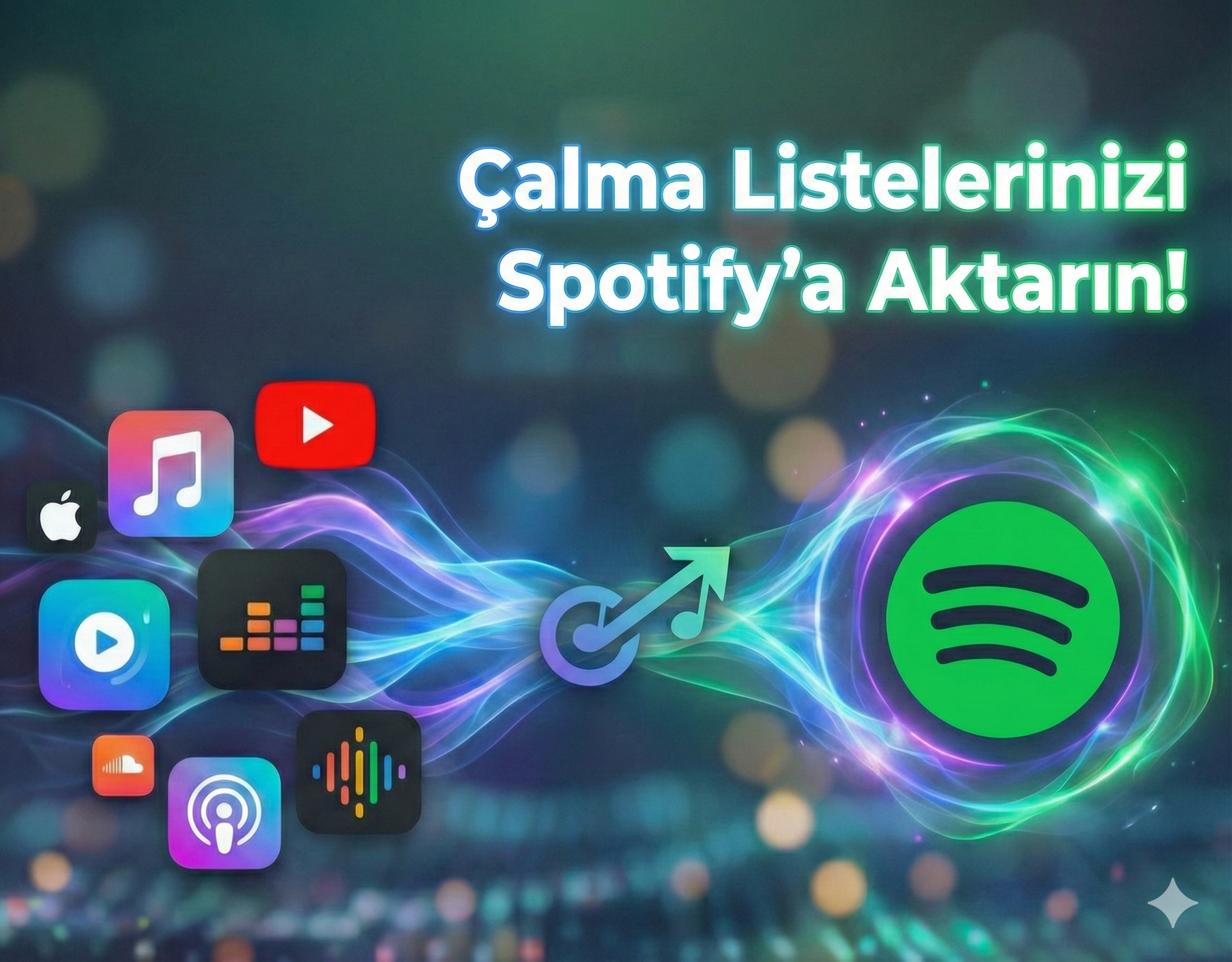Last year’s launch of GPT-4o garnered attention for its multimodal capabilities. Now, OpenAI is preparing to announce lighter versions of its new model: GPT-4.1 Mini and GPT-4.1 Nano. Developed under the leadership of OpenAI CEO Sam Altman and engineer Tibor Blaho, these models are expected to unlock new features for ChatGPT.
While GPT-4o faced capacity limitations that posed challenges for some users, the new models aim to overcome these issues and operate more efficiently. Additionally, references to new versions named O4 Mini High and O3 have been spotted in the ChatGPT web version. According to The Verge, GPT-4.1 will appear as a more advanced iteration of the model.
The upcoming release will include lighter variants, GPT-4.1 Mini and GPT-4.1 Nano, allowing broader accessibility. These versions, along with O4 Mini, High, and O3, are expected to be integrated into the web version, making the next-generation AI more comprehensive and accessible.
How Did OpenAI Develop Its New AI Models?
To maintain its leadership in AI, OpenAI has been conducting development under the guidance of engineer Tibor Blaho. The new generation does not arrive alone; OpenAI is focused on integrating multiple versions—both advanced and lightweight—offering faster and more efficient multimodal experiences following GPT-4o.
What Are the Features of OpenAI’s New GPT-4.1 Model?
GPT-4.1 builds upon the lessons learned from GPT-4o, emerging as a lighter, more stable, and optimized version. With enhanced reasoning, better consistency in long conversations, and the ability to interpret both text and images, it stands out from previous versions.
How Do O3 and GPT-4.1 Mini Contribute to the AI Field?
The Mini and Nano versions of GPT-4.1 enable the expansion of AI into devices with lower hardware requirements. These advanced yet compact models not only bring ChatGPT to a wider audience but also offer improved energy efficiency.
What Innovations Will GPT-4.1 and O3 Introduce in ChatGPT’s Web Version?
According to The Verge, the web version will feature new variants called High and O3. These new versions will deliver quicker responses, enhanced contextual understanding, and support for multiple media inputs.
What Can Users Expect in the ChatGPT Web Version?
The updated web version, powered by GPT-4.1, is expected to feature a more intuitive interface that integrates text, voice, and image inputs—potentially revolutionizing the user experience.
How Will GPT-4.1 and O3 Improve User Experience?
As a more advanced model, GPT-4.1 promises faster responses, more accurate suggestions, and lower error rates. Similarly, the O3 model will stand out with its multimodal support.
What Do O3, GPT-4.1 Mini, and Nano Offer for Users?
The new model launch will include Mini, Nano, and High versions designed for a variety of devices and use cases—making ChatGPT accessible for everyone.
What Are the Advantages of O3 and O4 Mini AI Models?
Designed under names like Mini High and O3, these versions support lightweight and modular systems that can run smoothly without high-end hardware—ideal for mobile and web applications.
How Do GPT-4.1 Mini and Nano Differ from Standard GPT-4.1?
GPT-4.1 Mini and Nano are streamlined versions of GPT-4.1, offering similar performance with lower energy consumption—especially suitable for mobile environments.
What Does Sam Altman Say About the New Models?
Sam Altman emphasized OpenAI’s vision of “AI for everyone,” highlighting that these models are designed to be more inclusive and cater to various user profiles.
What Kind of Experience Will the Enhanced ChatGPT Offer?
This new version of ChatGPT, supported by layered learning systems developed by AI engineers, aims to offer a smarter and more linear user experience.
What Benefits Will the New ChatGPT Models Bring to Users?
The updates promise reduced latency, lower error rates, personalized responses, and broader data support—making everyday tasks easier for users.
Which Issues Will GPT-4.1’s Improved Features Address?
GPT-4.1 is designed to overcome GPT-4o’s capacity constraints and maintain consistent performance even during peak traffic. Context loss issues will also be significantly minimized.
What Are OpenAI’s Future Plans for the ChatGPT Project?
AI researcher Tibor Blaho has noted that OpenAI is planning further advances in voice recognition, video content generation, and more immersive multimodal experiences.
What’s Next for GPT-4.1 and O3 Models?
In the near future, GPT-4.1 is expected to support more languages, offer extended memory, and feature adaptive learning systems. OpenAI has high expectations for these models.





